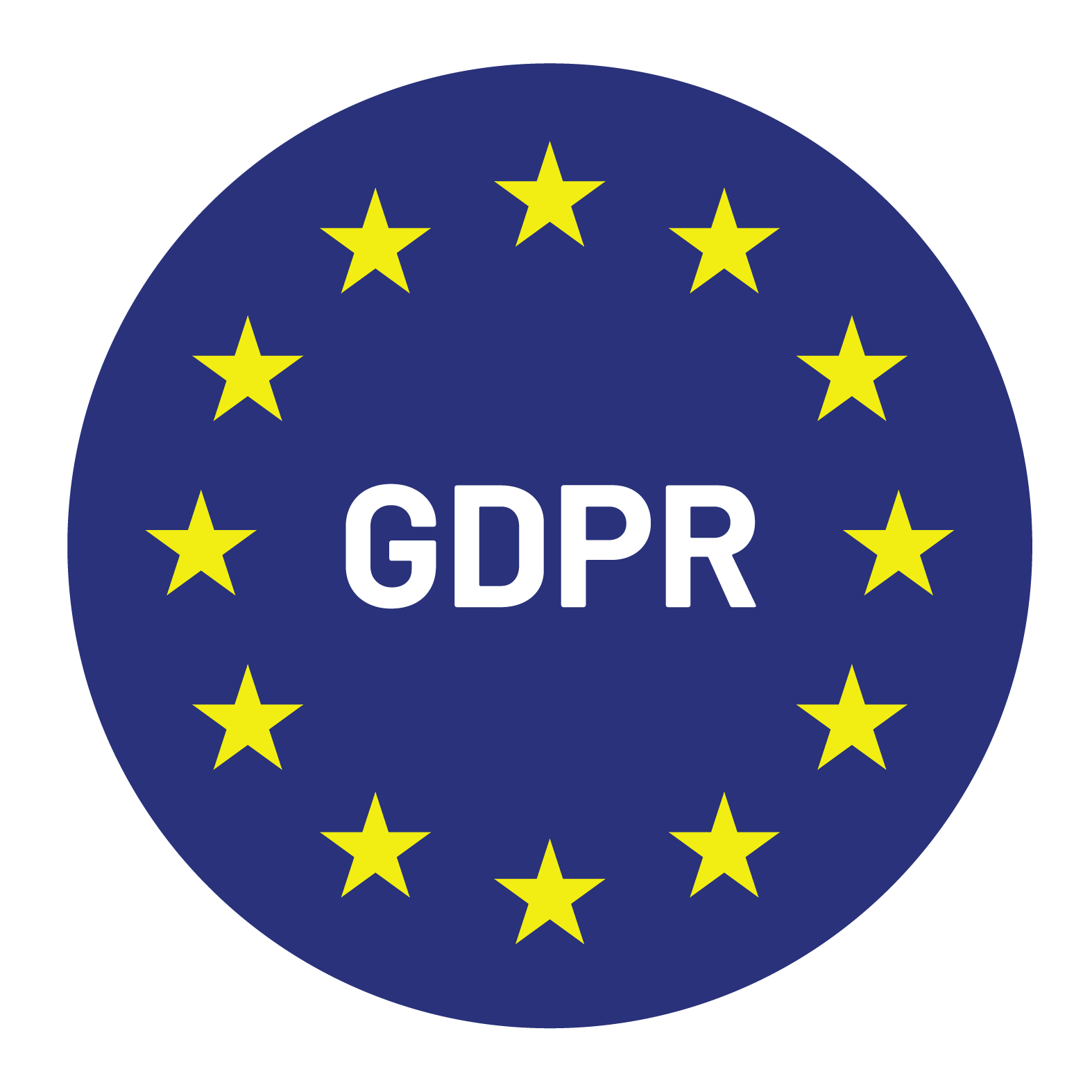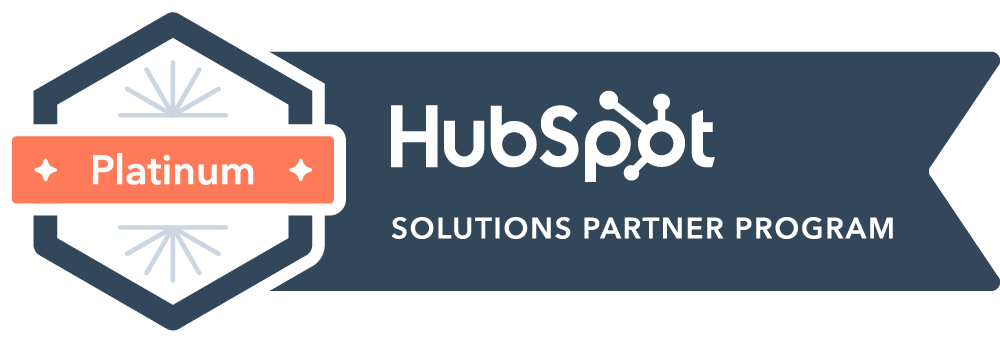

Content Writer for Whistle with multidisciplinary experience spanning over a decade.
Your sales pipeline is only as strong as the meetings that feed it. That’s why appointment generation companies have become a critical growth lever for B2B organizations in 2025. If you’re scaling a SaaS startup or expanding into new markets, the right outsourced SDR partner can help you tap into predictable pipeline and revenue.
But the challenge is not all appointment setting vendors are created equally. Many promise the world, but only a handful consistently deliver qualified meetings that convert into revenue. Choose poorly, and you risk wasted spend, missed targets, and a frustrated sales team that loses confidence in outsourced solutions altogether.
This checklist will give you a structured framework to evaluate appointment generation companies so you can separate the real partners from the pretenders. Use these 15 questions to conduct thorough due diligence and make an informed decision that drives measurable results for your sales organization.
A credible vendor should be transparent about conversion rates and explain how they vary by industry. In SaaS, for example, expect 2–5% conversion on cold outreach done well. Professional appointment generation companies track these metrics religiously and can provide benchmarks based on your specific market segment.
Red Flags:
The best appointment setting services track not just volume but quality, show rates, opportunity conversion, and eventual pipeline impact. They should also have clear definitions for what constitutes a qualified meeting versus a general interest conversation. This distinction is crucial for aligning expectations and measuring true performance.
Red Flags:
Look for proof of success in your vertical. If you’re in cybersecurity, can they show results with similar SaaS providers? Case studies and verified references separate proven vendors from those still experimenting.
Red Flags:
A dedicated account manager or team is essential. Shared SDR pools often lead to diluted focus and lower results. Ask to meet the team that will represent your brand.
Red Flags:
Appointment generation relies heavily on SDR quality. Vendors with structured training, coaching, and low churn will deliver consistency. High turnover often signals deeper issues.
Red Flags:
Global buyers expect cultural alignment and language fluency. Onshore teams may suit enterprise accounts, while nearshore/offshore can be cost-effective if quality is maintained.
Red Flags:
Great vendors don’t just buy lists — they use human validation, intent data, and ICP alignment. Ask how they source and qualify contacts.
Red Flags:
B2B appointment setting requires ongoing optimization. Look for vendors that A/B test subject lines, cadences, and personalization strategies.
Red Flags:
Multi-channel campaigns convert better. A strong vendor should integrate cold calling, email outreach, and social selling into one unified approach based on your buyer preferences and industry norms.
Red Flags:
Ask about sequencing platforms, enrichment tools, and analytics dashboards. Leading agencies leverage tools like Salesloft, Outreach, or HubSpot Sales Hub.
Red Flags:
Smooth integration ensures your team has visibility into every touchpoint. If you use Salesforce or HubSpot, make sure the vendor has proven experience in those ecosystems.
Note: Whistle is a HubSpot Platinum Partner, ensuring seamless CRM alignment.
Red Flags:
Compare retainers, pay-per-performance, or hybrid pricing. Each has pros and cons — retainer models provide consistency, while performance-based models tie incentives directly to results.
Red Flags:
Look for flexible arrangements, especially if you’re testing outsourced SDR services for the first time. Long lock-ins with minimal exit clauses are a red flag.
Red Flags:
Weekly or bi-weekly reports should include meetings booked, show rates, conversions, and pipeline value. Transparency here is critical.
Red Flags:
A world-class vendor can launch within 2–3 weeks, with early meetings within the first month. If timelines stretch beyond that, probe deeper.
Red Flags:
Once you’ve asked these 15 questions, use a weighted scorecard to compare vendors side-by-side. Factors like performance transparency, SDR quality, methodology, and cultural fit should carry more weight than pricing alone.
When in doubt, start with a pilot program. It gives you a low-risk way to validate performance before committing long-term.
The industry has matured. Appointment generation companies now combine AI-driven prospecting, intent data, and ABM strategies with traditional cold calling. Vendors who haven’t adapted risk being left behind.
Whistle, for example, has run campaigns for 300+ global startups and generated $100M+ in pipeline opportunities. Clients consistently highlight our fast onboarding, world-class SDRs, and transparent reporting.
Choosing the right appointment generation partner can make or break your revenue goals. With this 15-point checklist, you’re equipped to ask the right questions, spot red flags, and select a partner who will deliver predictable pipeline growth.
Ready to evaluate appointment generation companies? Bookmark our complete vendor evaluation checklist and book a free consultation with Whistle’s experts to discuss your goals.


© Copyright – Whistle 2023